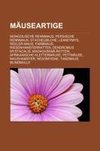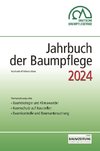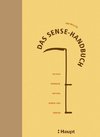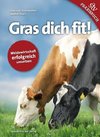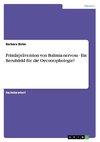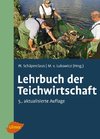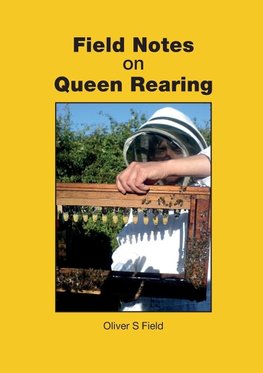
-
 Anglický jazyk
Anglický jazyk
Field Notes on Queen Rearing
Autor: Oliver S Field
It is now more than thirty years since I turned to bee farming for financial support and not without some difficulty I found it! At that time I bought two hundred hives of bees with very little knowledge on how I was going to manage them. I had met Tony... Viac o knihe
Na objednávku
17.73 €
bežná cena: 19.70 €
O knihe
It is now more than thirty years since I turned to bee farming for financial support and not without some difficulty I found it! At that time I bought two hundred hives of bees with very little knowledge on how I was going to manage them. I had met Tony Rowse, through my brother who was friendly with Tony's son, who referred me in turn to his brother David. He considered that David knew rather more about honey farming than most other mortals. I made an appointment and met David in his queen rearing apiary where he was checking through some fifty double nucs to see which queens had mated and which had not. I peered over his shoulder and we looked for eggs. He held a frame up to the light and paused for a moment, " Well my boy," he queried with a smile, " What are you going to do about queens?" I thought for a moment, "I am not sure," I took a deep breath, "I haven't really given it a thought." "In that case you had better start thinking right now, you either buy in or you breed your own, but good queens are the basis to all honey production, you will never produce much honey with poor queens you know." That is how I learnt my first major lesson in honey farming and I have been trying to find the right answer ever since! Good stock is so important and yet many beekeepers and even honey farmers pay scant attention to what they breed from. In many cases when a stock is found to have swarmed, a cell is left to perpetuate the tendency into the future. Then in the next season the same thing happens again, with the honey crop being cut back year after year and swarming forever on the increase. To start with, in today's climate, where do we go for good stock? In the past it was easier, the leading bee farmers were breeding good quality bees from home reared strains that went back years. Then, soon after I took up honey production, everybody started importing queens from all over the globe. There were American queens, Australian queens, New Zealand queens, queens from Israel, Turkey, Romania and even Hawaii. Each producer claiming that his strain was the best and then selling them all round the country. Very soon our useful old homebred bees became diluted with this new influx of genes. Like most young men, in the early days I was tempted and I tried several of these foreign strains. I soon found that bees from other climes certainly did not like our weather and by the middle seventies I had completely given up all foreign stock. For myself I can safely say that queens bred from bees that have evolved in your own area will always be the best. I can remember David Rowse remarking that the Carniolan (Apis mellifera carnica) queens that he imported from Italy were very fine queens, but that the first cross with his own drones were always better. I once tried six of these crosses and they were quite excellent. From the above you can see that if I were going to start to raise queens today, I would look for a good queen in a local hive. Something with a steady track record, which could be traced back for at least five years.
- Vydavateľstvo: IBRA & NBB
- Rok vydania: 2022
- Formát: Paperback
- Rozmer: 297 x 210 mm
- Jazyk: Anglický jazyk
- ISBN: 9781913811136

 Nemecký jazyk
Nemecký jazyk 